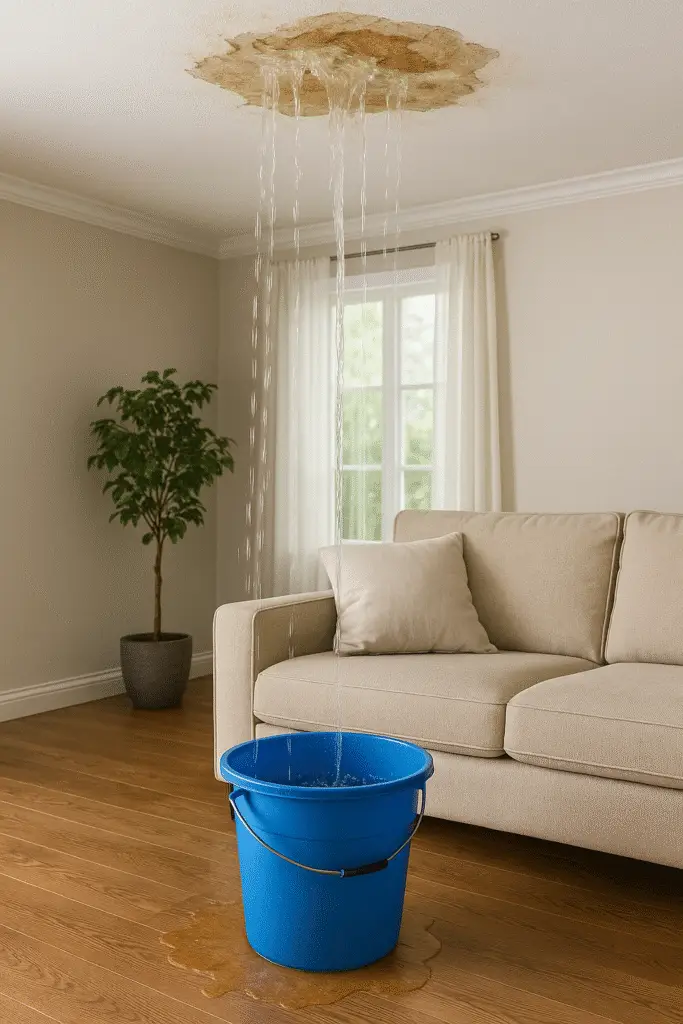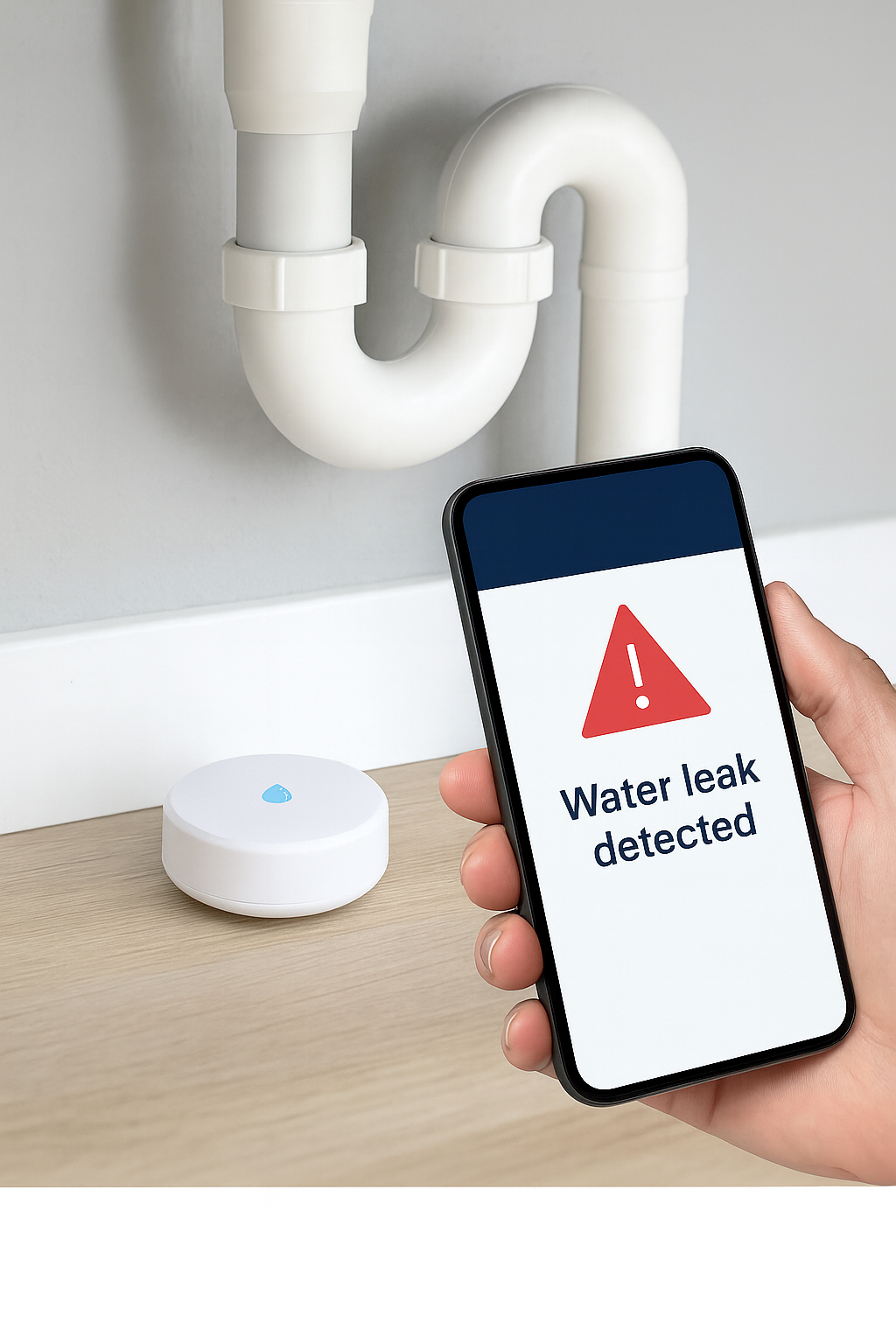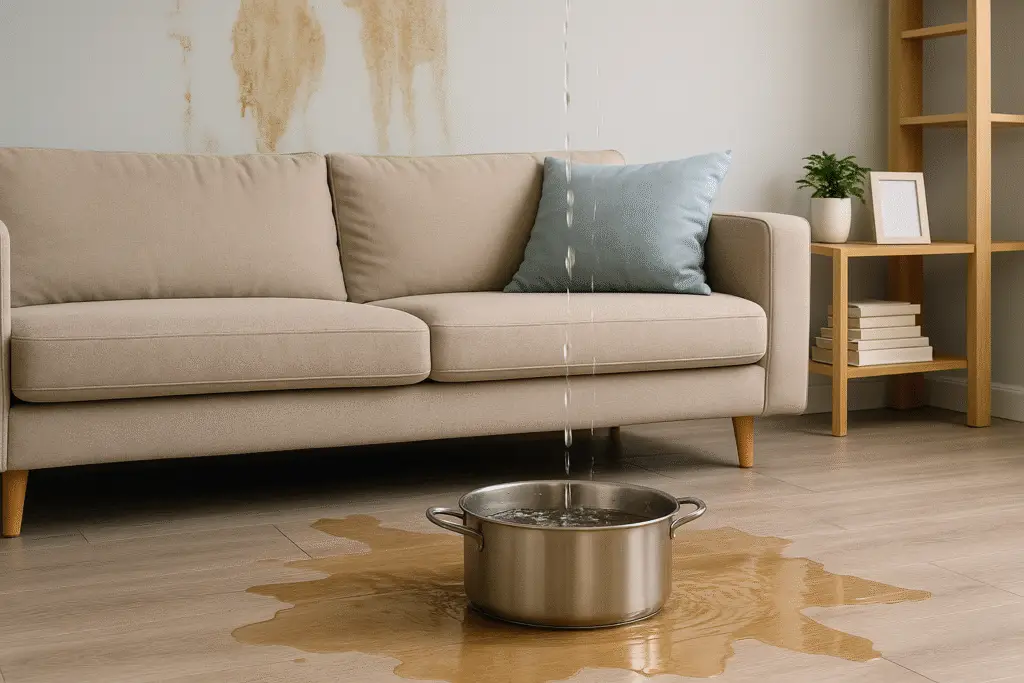Water damage is one of the most common—and expensive—home insurance claims in the U.S. Yet many homeowners are blindsided to find their policy doesn’t cover the exact problem they’re facing. That’s because not all water damage is treated equally by insurers.
If you understand how your coverage works before disaster strikes, you can fill in the gaps and avoid thousands in uncovered repairs. Let’s break down what’s included, what’s excluded, and the smartest ways to protect yourself.
What Counts as “Water Damage” in Insurance Terms?

Most standard home insurance policies cover sudden and accidental water damage. Think: a burst pipe, a failed washing machine hose, or an overflowing bathtub. If it happens unexpectedly—and not because you ignored a maintenance issue—it’s usually covered.
Your policy’s dwelling coverage pays for repairs to the structure (walls, ceilings, floors). Personal property coveragehelps replace belongings damaged in the event.
Example: An upstairs toilet supply line breaks and floods your living room. Your insurer will likely pay to replace flooring, drywall, and furniture—minus your deductible.
The Gaps That Catch Homeowners Off Guard
Here’s where surprises pop up. Most policies do not cover:
- Gradual damage – a drip under the sink that rots cabinetry over months.
- Outside flooding – storm surge, rising rivers, or heavy rain intrusion. That’s flood insurance territory.
- Sewer backups – unless you buy a water backup endorsement.
- Neglect-related damage – putting off roof repairs can void coverage for resulting leaks.
Watch Out: Mold is often capped at low limits. Cleanup can run into the tens of thousands—leaving you on the hook if you haven’t boosted coverage.
Water Damage Coverage Chart
| Scenario | Covered? |
|---|---|
| Burst pipe flooding your living room | ✅ Covered (Sudden & Accidental) |
| Washing machine hose failure | ✅ Covered (Sudden & Accidental) |
| Overflowing bathtub | ✅ Covered (Sudden & Accidental) |
| Sewer backup into basement | ⚠️ Covered only with Water Backup Endorsement |
| Rising water from heavy rain or storm surge | ❌ Not Covered – Requires Flood Insurance |
| Gradual leak under kitchen sink | ❌ Not Covered – Maintenance Issue |
| Mold from covered water loss | ✅ Covered – Subject to Mold Coverage Limits |
| Mold from long-term moisture | ❌ Not Covered – Maintenance Issue |
How to Close the Coverage Gaps
Want peace of mind? Ask your insurer about:
- Water backup coverage – protects against sump pump and sewer overflows.
- Flood insurance – via the NFIP or private providers.
- Expanded mold coverage – raises payout limits.
- Equipment breakdown coverage – covers damage from failed HVAC or water heaters.
Pro Tip: Use the AHA Insurance Advisor for a quick checkup. It’ll flag common underinsured areas so you can adjust before it’s too late.
AHA Insight: Why the Smartest Water Damage Claim Is the One You Never File
Picture this:
It’s 3 a.m. and you’re standing in ankle-deep water in your living room. The ceiling is sagging, drywall seams are splitting, and water pours from an upstairs pipe. You’re dragging furniture out of harm’s way, calling emergency plumbers, and figuring out where your kids can sleep for the night. By morning, contractors are cutting out walls and the air smells faintly of mildew.
Repairs can stretch for weeks—or months. Insurers see these claims as among the most expensive. Homeowners see them as among the most disruptive. And many could have been prevented.
The Future of Preventing Water Damage
Homeowners can integrate smart tools that can help identify small leaks before they become $25,000 disasters—shifting into predict and prevent rather than repair and replace.

- Smart leak detection systems that auto-shut your water.
- IoT moisture sensors near appliances or in basements that ping your phone.
- Predictive water-use monitoring that spots abnormal pressure before pipes fail.
- Thermal imaging inspections that reveal hidden leaks inside walls.
Pair these with the right coverage—backup, mold, flood—and you’re not just insured. You’re protected.
Bottom line: The least stressful claim is the one you never file. Prevention saves your wallet, your home’s value, and your sanity.
Steps to Take After Water Damage
- Shut it down fast – stop the water source immediately.
- Document everything – photos, videos, written notes.
- Limit the damage – dry what you can; insurers expect reasonable effort.
- Call your insurer quickly – most require prompt notice.
- Save receipts – from plumbers, drying equipment, or temporary housing.
The Bottom Line
Water damage coverage isn’t one-size-fits-all. The difference between a covered claim and a denied one often comes down to timing, cause, and details hidden in your policy fine print.
Understanding those details now—and adding the right endorsements—can keep a surprise leak from sinking your finances.
Next Step: Get a quick coverage review with the AHA Insurance Advisor and see if your home is truly protected.

